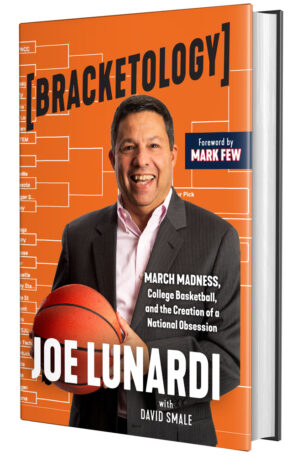Description
Racism is an issue that is older than the United States itself. Before the 13 colonies became united, there was a wide chasm between the races.
From the very beginning, Whites primarily have been treated better than Blacks, strictly because of the color of their skin. Most, if not all, of our founding fathers owned slaves, and it was an accepted practice. Even after the end of the Civil War, which ended slavery strictly from a legal standpoint, Blacks had a difficult time finding opportunity to improve their status.
Although Blacks no longer could be owned, for the most part they had no education or marketable skills. The only thing they knew was how to pick cotton and work menial jobs. Whites had little interest in relinquishing their superior status, and Blacks had no recourse. Within a couple of decades after the Civil War, legislation was passed that made the common attitude of White superiority legally accepted. Treating Blacks as less than human was accepted and expected.
The problem was worse in the former slave states in the South, but pigmentation often was the most determining factor regarding opportunity for a vast majority of Americans. The Civil Rights Movement of the mid-1900s helped make great progress, including fully giving Blacks the right to vote in 1965, but the problems were not solved. If anything, the attitudes that created the divide became even more entrenched.
This book is not just a history lesson. Racism still exists today. You can’t turn on the news without seeing stories of racial turmoil, most often in our inner-cities. It might be better than it was 350 years ago. It might be better than it was 150 years ago. It might even be better than it was 50 years ago. But it’s still very real.
It’s not a skin-color issue. It’s not an economic issue. It’s not a geographic issue. A lot of those things may enter into the equation, but they’re not the root of the problem. The urban versus suburban divide may be caused by racism, but it doesn’t cause racism. It’s a matter of sin, a matter of the heart.
Racism still exists, and will continue to exist, as long as one person has the attitude that he or she is better than someone else. It’s time to drop the guilt. It’s not your fault, unless you’re still acting in a racist manner. The guilt of what happened in the 1800s is not your fault. In the case of most of us, the guilt for what happened in the mid-1900s is not your fault. Unless you’re still doing something that perpetuates the disparity in how people are treated, based on race, it’s not your fault.
Unfortunately, most people have a tendency to hold onto guilt for something they didn’t do. It’s also time to stop philosophizing and start doing. It’s a long-term problem that requires long-term solutions. Most importantly, it’s more about attitude than actions. Good attitude will dictate good actions.
The first step is to take responsibility—on both sides. Whites and Blacks have to take responsibility for actions that perpetuate racism, and then change those actions. It’s not about you. It’s about us, a very large, collective us. It’s time to put on the big-boy pants.
Don’t worry about image, just do the right thing. You can affect change. You can help create a “culture of honor.” It will be a very tough fight, but it is, and will be, worth the effort. We can do this, if we each do our part. It’s time to heal.
Do you hear the call?






